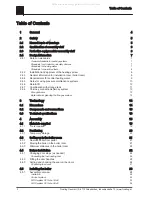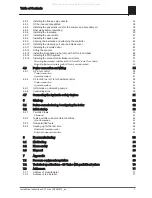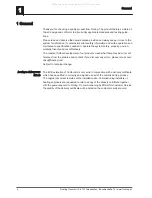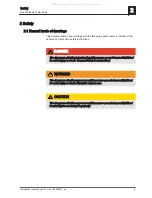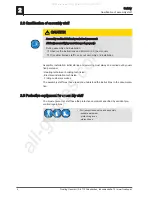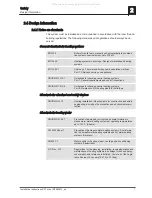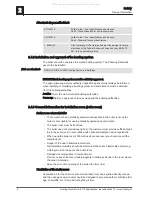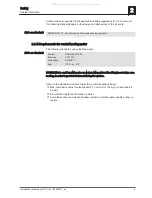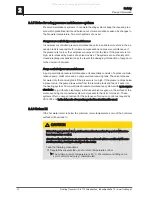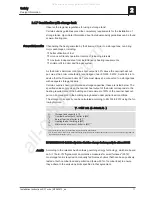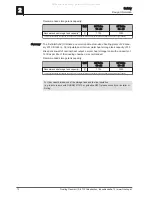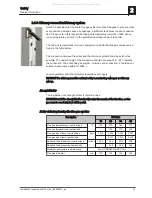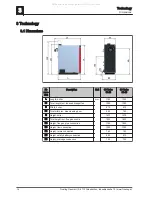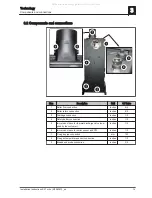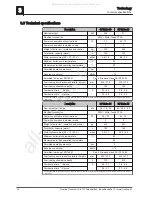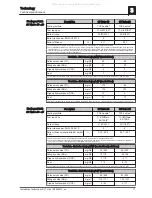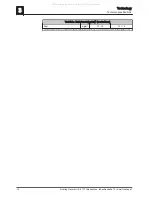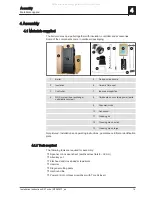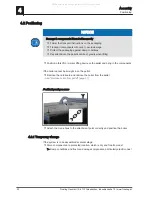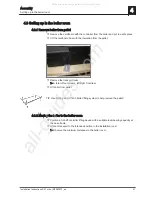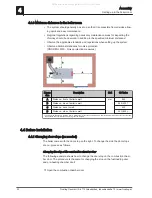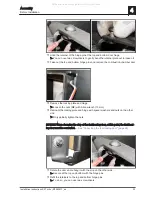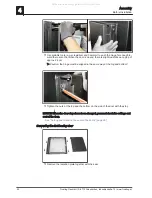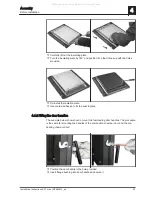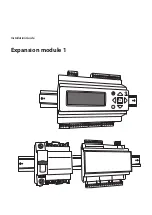
2.4.5 Notes for using pressure maintenance systems
Pressure maintenance systems in hot-water heating systems keep the required pres‐
sure within predefined limits and balance out volume variations caused by changes in
the hot-water temperature. Two main systems are used:
Compressor-controlled pressure maintenance
In compressor-controlled pressure maintenance units, a variable air cushion in the ex‐
pansion tank is responsible for volume compensation and pressure maintenance. If
the pressure is too low, the compressor pumps air into the tank. If the pressure is too
high, air is released by means of a solenoid valve. The systems are built solely with
closed-diaphragm expansion tanks to prevent the damaging introduction of oxygen in‐
to the domestic hot water.
Pump-controlled pressure maintenance
A pump-controlled pressure maintenance unit essentially consists of a pressure-main‐
tenance pump, relief valve and an unpressurised receiving tank. The valve releases
hot water into the receiving tank if the pressure is too high. If the pressure drops below
a preset value, the pump draws water from the receiving tank and feeds it back into
the heating system. Pump-controlled pressure maintenance systems with open expan‐
sion tanks (e.g. without a diaphragm) introduce ambient oxygen via the surface of the
water, exposing the connected system components to the risk of corrosion. These
systems offer no oxygen removal for the purposes of corrosion control as required by
VDI 2035 and in the interests of corrosion protection should not be used.
2.4.6 Return lift
If the hot water return is below the minimum return temperature, some of the hot water
outfeed will be mixed in.
CAUTION
Risk of dropping below dew point/condensation formation if operated without re‐
turn temperature control.
Condensation water forms an aggressive condensate when combined with com‐
bustion residue, leading to damage to the boiler.
Take the following precautions:
❒ Regulations stipulate the use of a return temperature control.
➥ The minimum return temperature is 60 °C. We recommend fitting some
sort of control device (e.g. thermometer).
2
Safety
Design Information
10
Froeling GesmbH | A-4710 Grieskirchen, Industriestraße 12 | www.froeling.at
All manuals and user guides at all-guides.com


